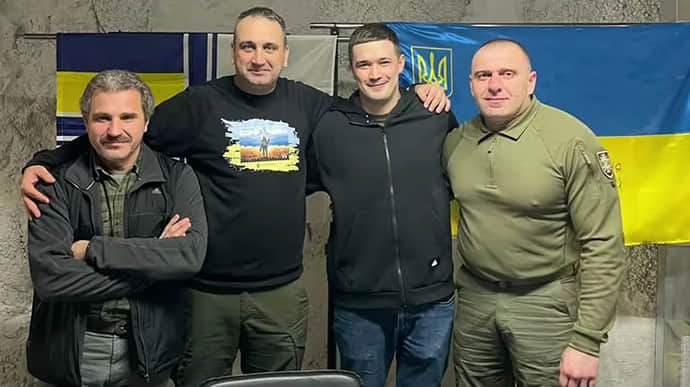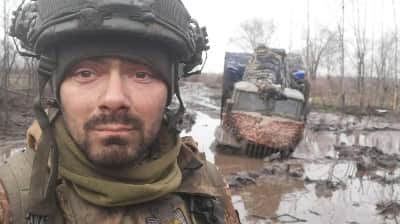Vice Admiral personally operated uncrewed vessels in first remote maritime operation – Ukrainska Pravda

During the first remote maritime operation of the Defence Forces, uncrewed surface vessels (USVs) were personally operated by Vice Admiral Oleksii Neizhpapa, Commander of the Navy.
Source: an article by Ukrainska Pravda "Sea drones, Elon Musk, and high-precision missiles: How Ukraine dominates in the Black Sea"
Details: By September 2022, the first group of drones and the team that took them to Sevastopol were ready. But due to disagreements with Elon Musk, who did not allow the use of his technology to attack Crimea, the first mission failed.
The team realised that the vessel had to have several different communication channels to avoid such troubles in the future. The latest modifications of the drones now have three redundant communication systems.
In the autumn of 2022, the Russians began largely firing Kalibr cruise missiles from their ships in the Black Sea. So the Defence Forces were instructed to find a way to destroy or at least damage the Russian missile launchers.
On the night of 28-29 October 2022, all the prerequisites were in place: the vessels were modified, the weather was fine at sea, and the team was ready to sail to Crimea.
Four vessels went directly to Sevastopol, and three vessels were sent south of the peninsula, where the newest frigate, Admiral Makarov, was on the raid. This ship became the flagship of the Russian Black Sea Fleet after the sinking of the Moskva.
One Ukrainian vessel managed to choose the right trajectory and crashed into the frigate's right side. The flagship's crew was completely unprepared for the attack and panicked and headed for Sevastopol Bay.
At this point, two more vessels were chasing the ship, but due to the large waves, they could not catch up and simply accompanied it towards the shore. But the Makarov could not get away either, because after the attack, half of its engines were not working.
At this time, another group of Ukrainian USVs managed to enter Striletska Bay, but was immediately attacked from the shore. The Russians were preparing, so when the USVs squeezed into the bay, a huge searchlight flashed and the vessels were fired upon.
Fortunately, the Ivan Golubets trawler was right in front of the Ukrainian vessel. As soon as the operators saw it on the screen, they immediately received the command to attack, and the Ivan Golubets received 108 kilograms of explosives.
At that moment, other USVs hit an oil tanker station.
While this battle was going on, the damaged Admiral Makarov sailed to Striletska Bay. The Russian coastal artillery, without figuring everything out, fired at its own flagship, which retaliated too. While the Russians were shooting at each other, the rest of the USVs broke through into Sevastopol Bay. At that point, the Russians had switched on all their electronic warfare capabilities, the GPS signal had disappeared, and communication with the USVs was minimal. The only system that allowed Ukrainians to navigate everything was the direct optical channel on the vessels.
"And then Vice Admiral Neizhpapa personally began to control every metre of the vessels’ passage. He is from Sevastopol; he grew up there, served all his life, and knows every corner of those bays. And one vessel was taken to the Southern Bay, the second to the Northern Bay, and the third to the Oil Bay," says one of the participants in that operation, who watched everything in the command bunker.
One USV managed to swim between the two patrol ships, Ladny and Admiral Essen, and damage both. However, the damage was minor.
"This was the first ever remote naval operation. Surface vessels received their baptism of fire. But it was then that we realised that they had to be bigger and carry more explosives to be effective," one of the members of the development team told Ukrainska Pravda.
Support UP or become our patron!







